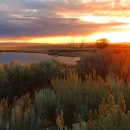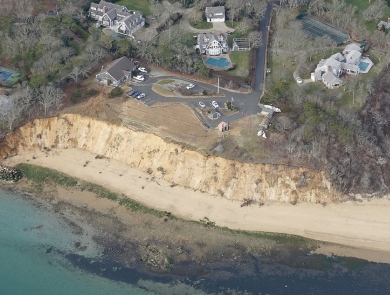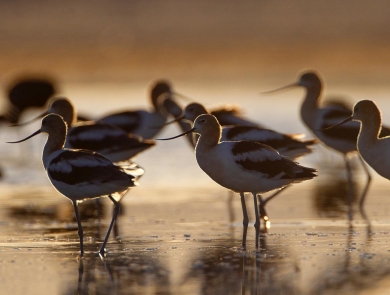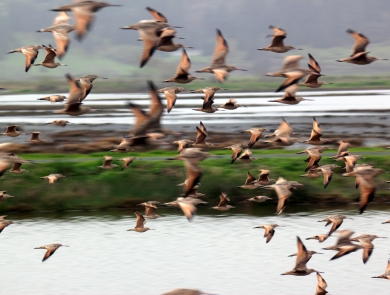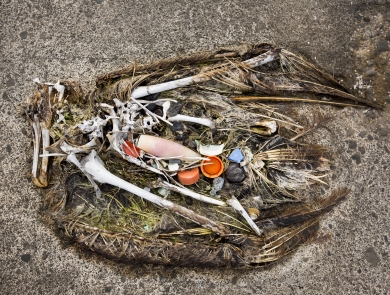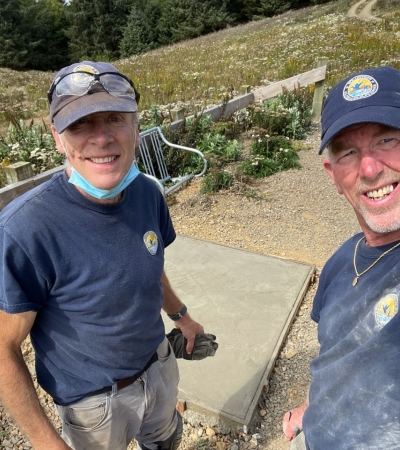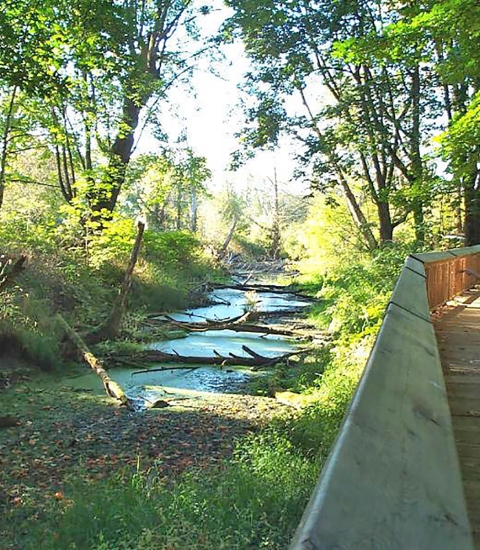Facility
Location
3691 Sodhouse Lane
Princeton, OR 97721
United States
Volunteer Position Overview
About This Position
Looking for a Camp Host to clean and maintain Refuge facilities at Malheur National Wildlife Refuge. Volunteers will work 32 hours per week. Working on the weekends and holidays may be needed. A one-month commitment is required. A small stipend will be available for services rendered. RV sites/trailer pads with full hookups are located a short distance from the Refuge facilities and will be provided while working.
Job Responsibilities
- Responsible for all basic cleaning in and around residences or office buildings.
- Cleans floors and rooms, including mopping, sweeping, vacuuming, dusting, picking up larger objects off the floor, and spot-cleaning glass and windows.
- Cleaning restrooms, including restocking dispensers, emptying trash, cleaning and sanitizing fixtures, cleaning mirrors, spot-cleaning doors and walls, sweeping and mopping floors, and cleaning toilets.
- Vacuums, empties trash and recycling, and replace liners.
- Sets up, stocks, and maintains cleaning equipment and supplies.
- Monitors and maintains sanitation and organization of assigned areas.
- Assists when needed to ensure optimum service to guests and staff.
- Performs additional duties as needed such as groundskeeper and landscaper.
Stories About Volunteering
Other Ways to Work with Us
Are you looking for something different than a volunteer opportunity? The Fish and Wildlife Service employs around 9,000 people nationwide and offers great internship opportunities every year.
